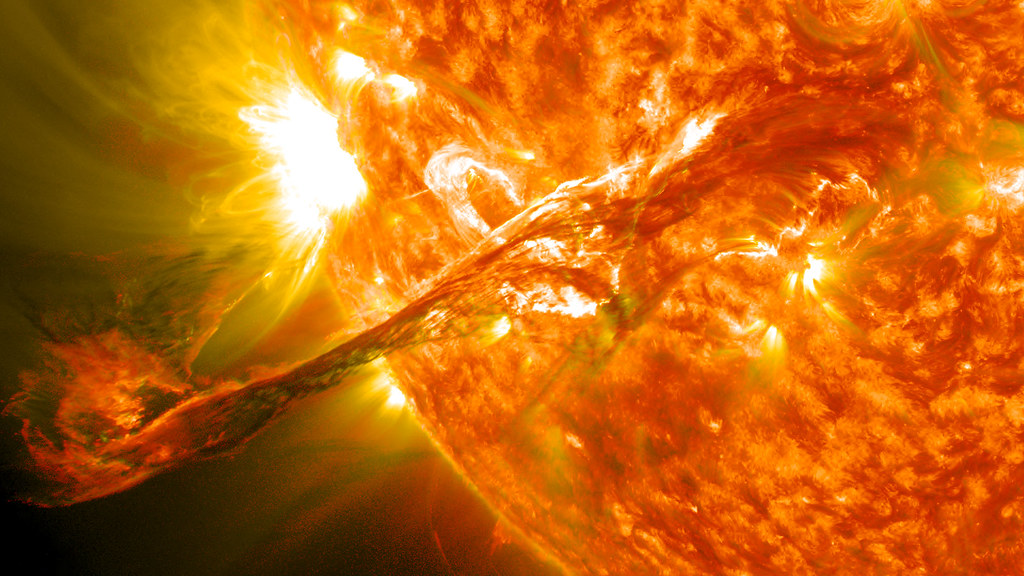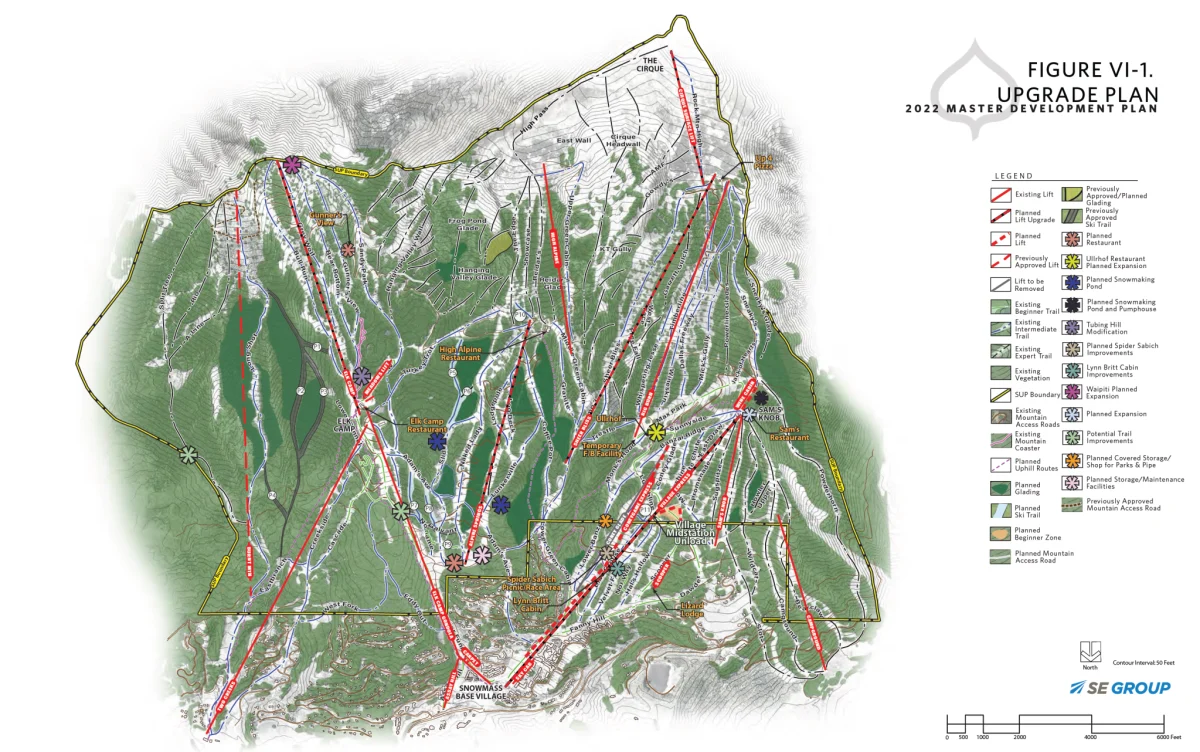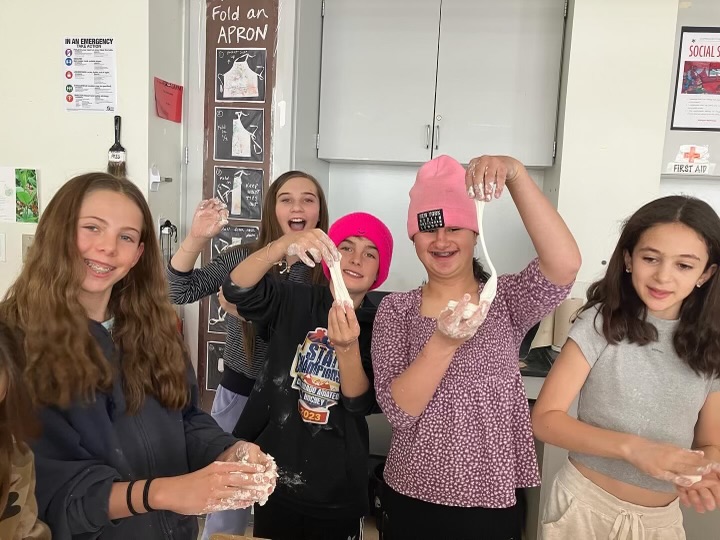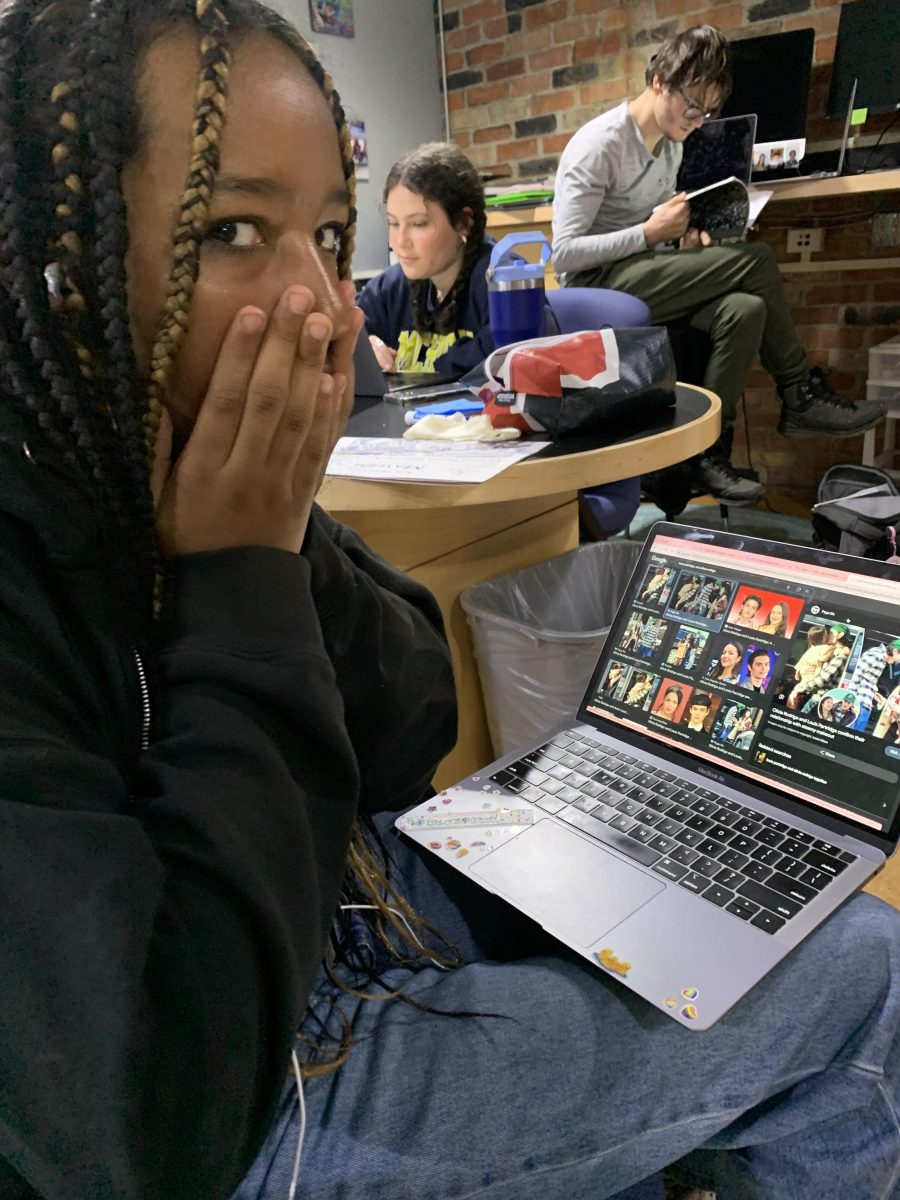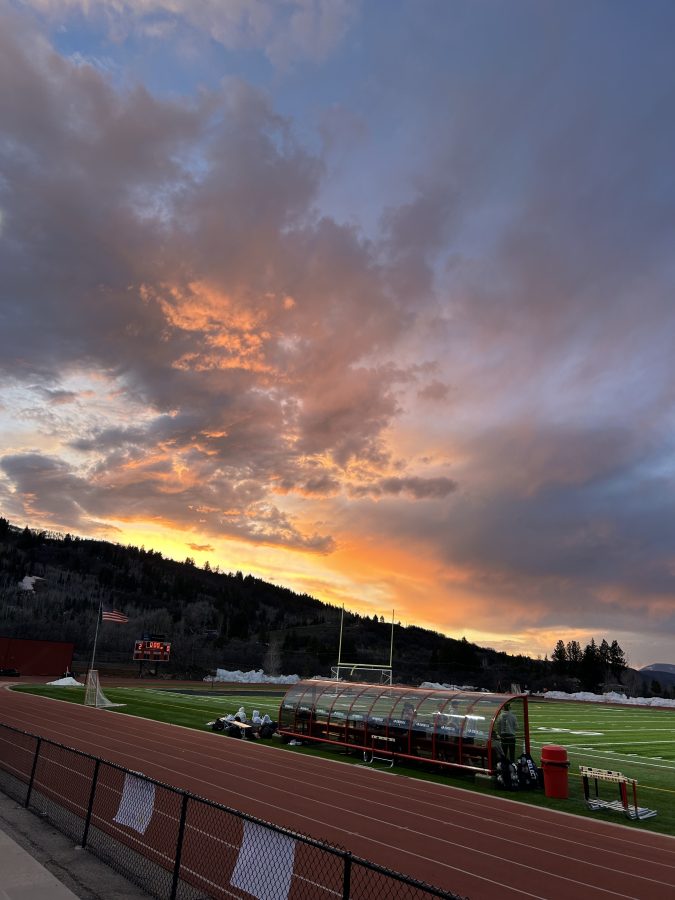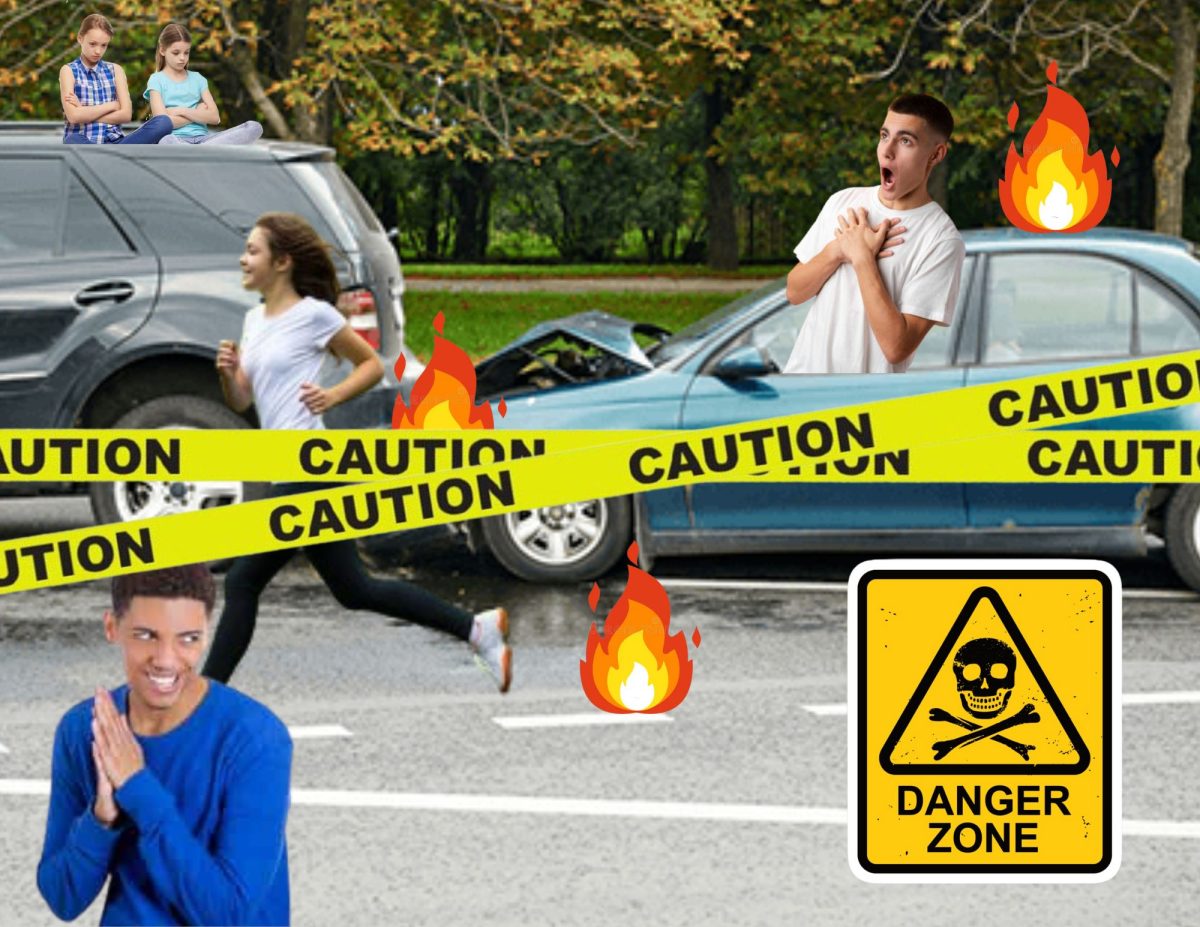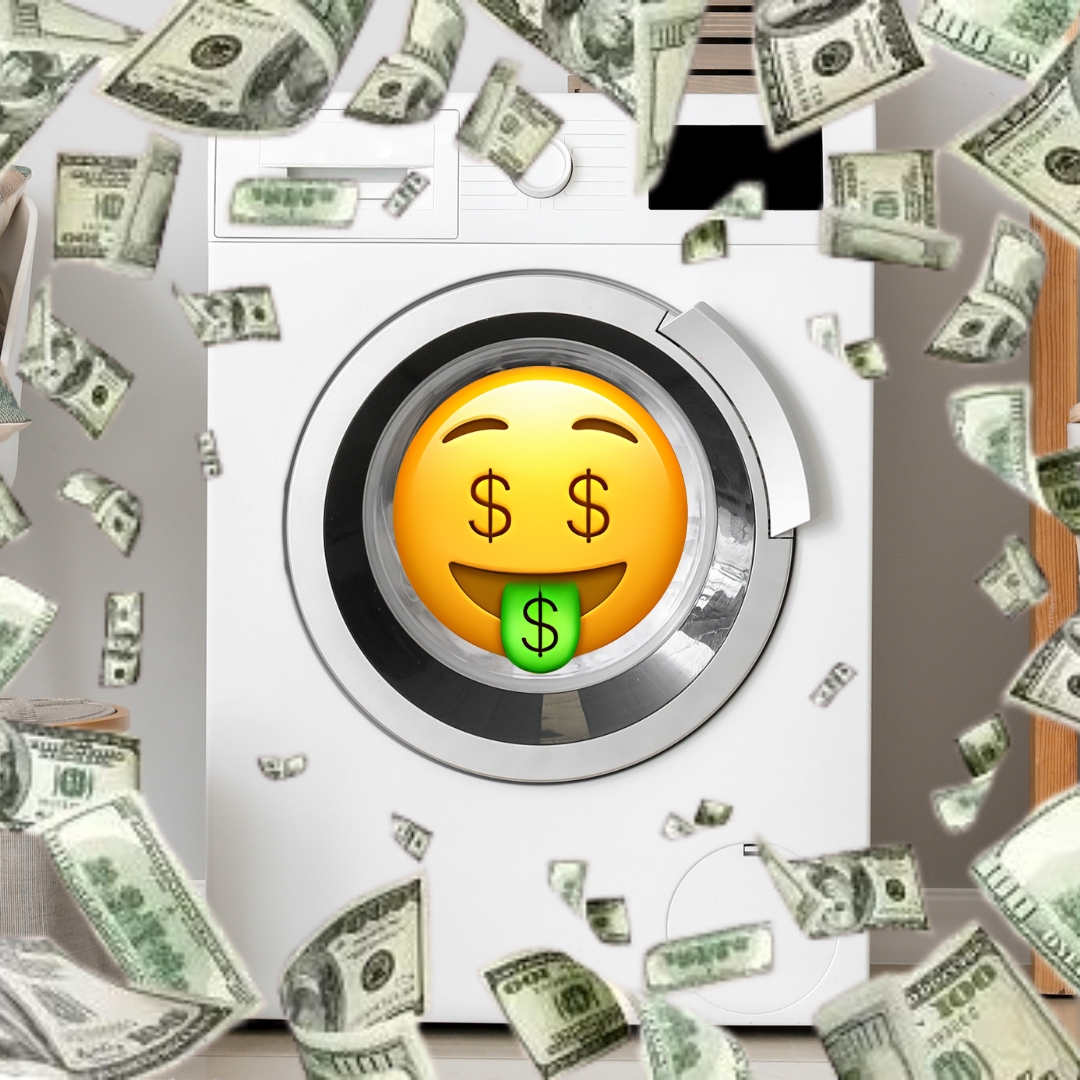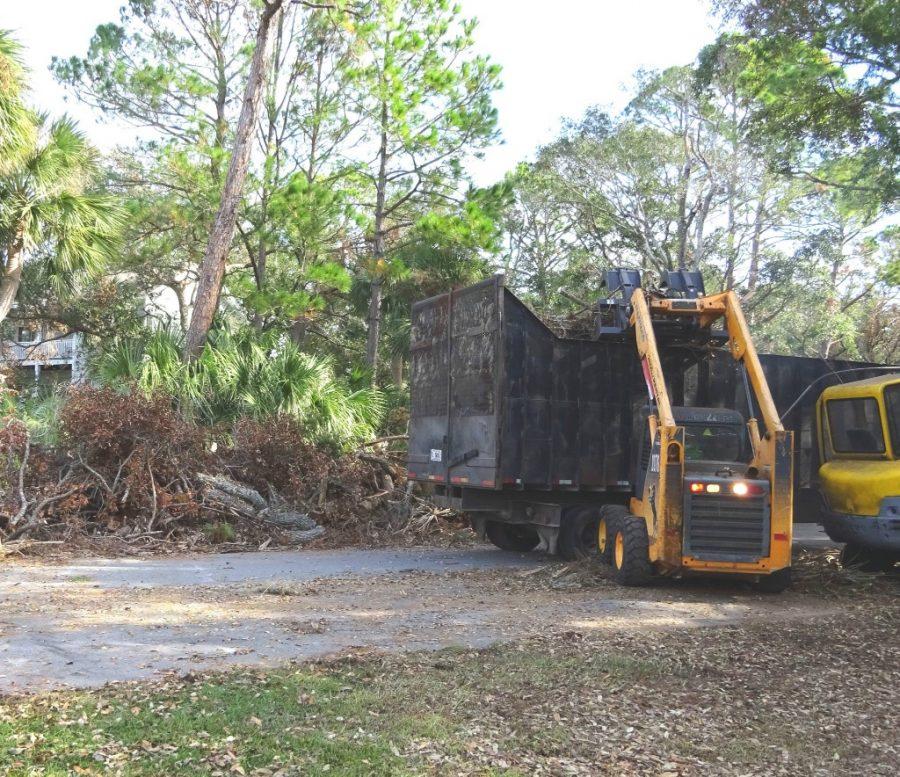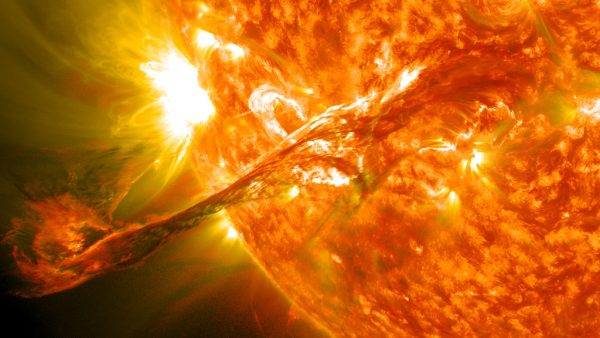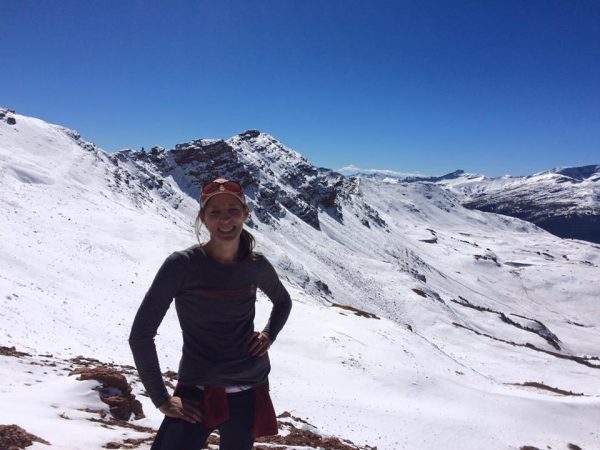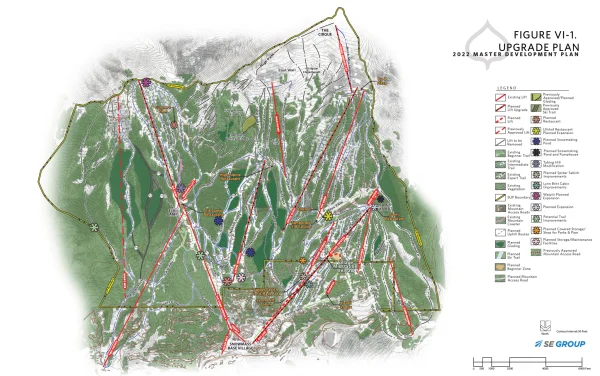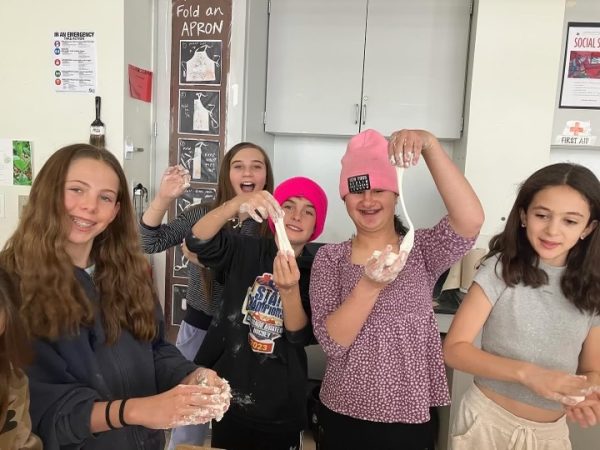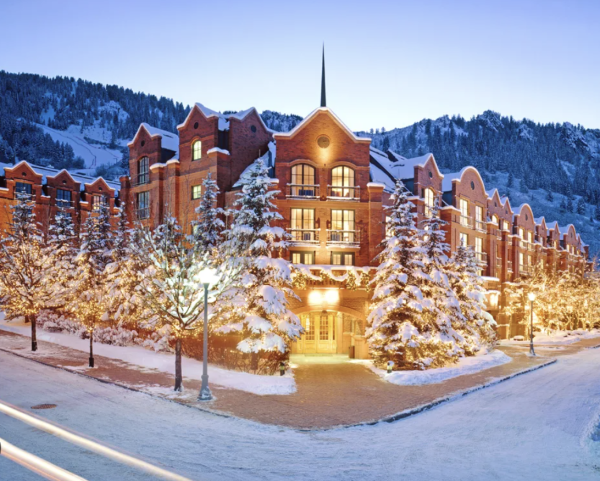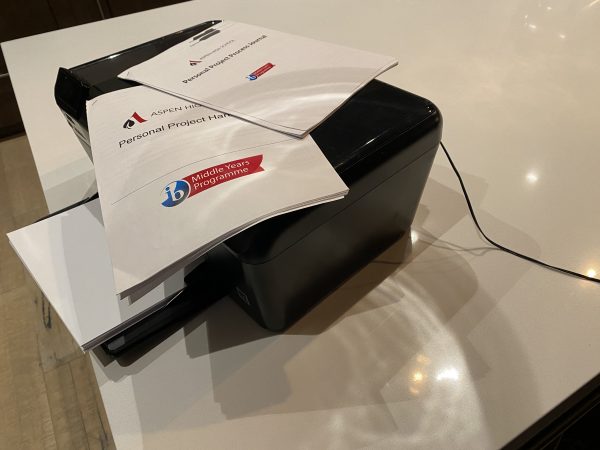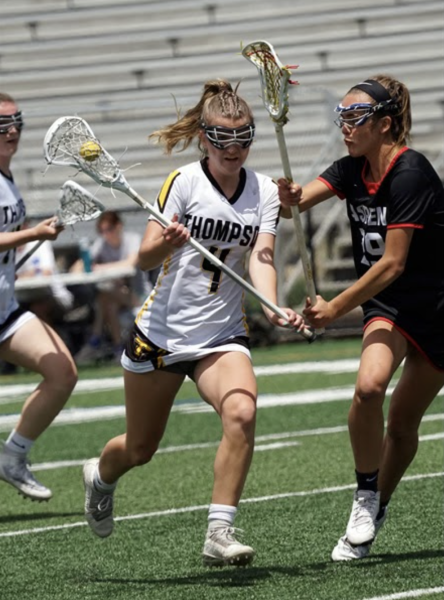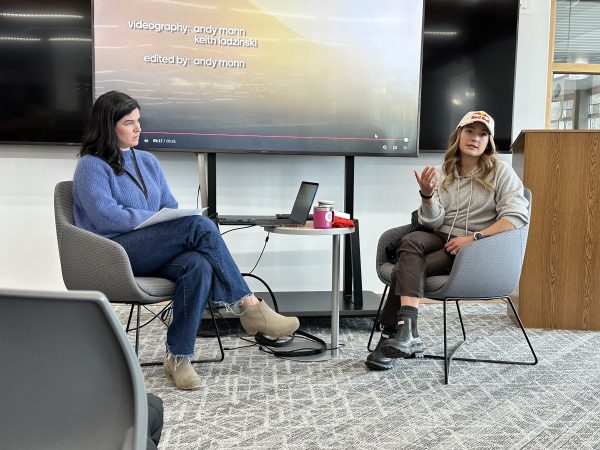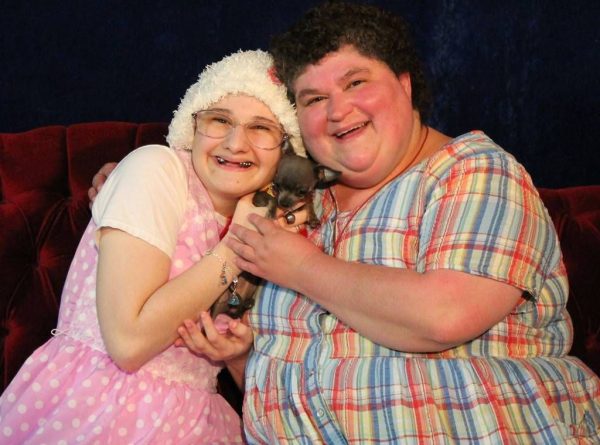Checking in with Hurricane Matthew’s Damages
Dump trucks are picking up debris on Fripp Island, South Carolina.
A little more than a month ago, Atlantic coastal areas were engulfed by the powerful ocean winds and water from Hurricane Matthew—the first category 4 storm since Hurricane Katrina wreaked havoc on the same coastal communities. In the United States, Hurricane Matthew’s resulting damages exceeded a billion dollars, and millions were evacuated from their homes for one to two weeks. Upon their return, Atlantic coastal inhabitants were welcomed home with mounds of debris and puddles the size of ponds.
Aspen High School class of 2016 graduate Kendall Anderson was one of the unfortunate victims of the storm. Anderson attends Savannah College of Art and Design (SCAD) in Savannah, Georgia—a community that was hit by Matthew. The Colorado native described how the storm took its toll on SCAD.
The student body received news on Oct. 4 that they had to be evacuated from the city within three days. The students were not allowed to return to campus until Oct. 10, a week and a half later. For the week and a half students were offered accommodations at the SCAD campus in Atlanta, Georgia, where they slept on cots in classrooms and gyms. Anderson, however, was fortunate enough to stay in the Smokey Mountains in a small town called Cashiers, North Carolina. Anderson went to the mountains with her AHS friend Hannah Clauss and Clauss’ grandmother (the author’s sister and grandmother), Mary Lou Clauss, who lives on an island about two hours away from Savannah. The three spent the time in the mountains, and then, Anderson was able to return to campus, but Mary Lou Clauss was not able to return to her house on Fripp Island—a private island off the coast of Hilton Head, South Carolina—because of the damage.
Anderson describes that the physical structure of the college was not as significant as the school’s delays were. She said that the delays affected the scheduling, which has caused stress amongst the students because the quarter will end on Dec. 1, instead of the original end date on Nov 7. In addition to the stress of school, there was some school damage. A few dorms on campus had to have roofs replaced and struggled with getting the power up and running, and the campus did not have hot water or Wi-Fi for a couple days.
“The students had a little bit of a hard time just because it was confusing if we still had homework due and a lot of teachers couldn’t respond to emails because the power and Wi-Fi were out for so long,” Anderson said. “The worst part for me [though] is that SCAD had to extend the quarter by two weeks.”
The college’s damages, however, were nothing in comparison to the destruction of the city. Savannah’s picturesque parks were underwater; the beautiful low hanging, Spanish moss covered trees were scattered all over the city, and there were many signs that had fallen down. Despite the damages though, the SCAD community has come together to clean its home; Anderson worked with a group of peers to help clean up Savannah.
As for the other communities along the coast, they have just as much flooding and debris as Savannah. When Clauss was finally able to return to her home on Fripp Island, it was a mess. The island was working on getting hot water and sewer service. In the mean time, some of the residents had to boil water if they needed hot water, and if someone had to use the restroom, they had to walk to one of the multiple port-a-potties set up around the island. There was also debris everywhere, and houses were either in dire need of repair or destroyed. Clauss’ basement was pooled with 14 inches of water; the air conditioning unit, water heater, dumbwaiter, and golf cart were all destroyed. And she had to remove all her basement furniture and walls to prevent black mold. Other neighbors’ homes were just as damaged as her house. On her beachfront street, she saw houses that had collapsed and flooded. Even on streets that are not beachfront, there were houses that were hidden beneath tipped over trees, algae covered pools with dangerous animals—like poisonous snakes or alligators—lurking under the surface, entire sides of houses had to be torn down because of mold or water damage, and houses had their roofs blown off. All over the island there were piles of trash. Clauss even had a bridge from the golf course on the other side of the island settle in her driveway.
However, the island, like SCAD, pulled together as a community to clean up its homes.
“The island really came together and everyone helped out their neighbors,” Clauss said. “I had a friend come stay with me because all the ceilings in her great room fell down.”
Even though millions of people returned to broken homes and are still cleaning up today, people are working together to repair their communities so everything can go back to normal as soon as possible.
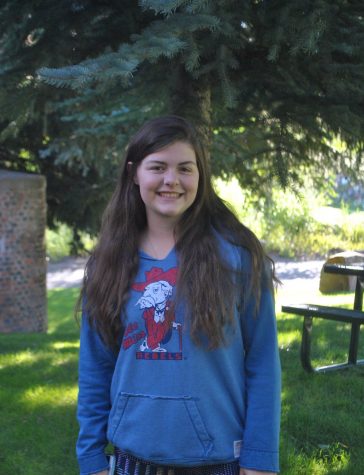
Livvy Clauss is a junior at AHS. She enjoys being outside whether it is biking, hiking, and skiing. She also loves writing and being up to date on news...

